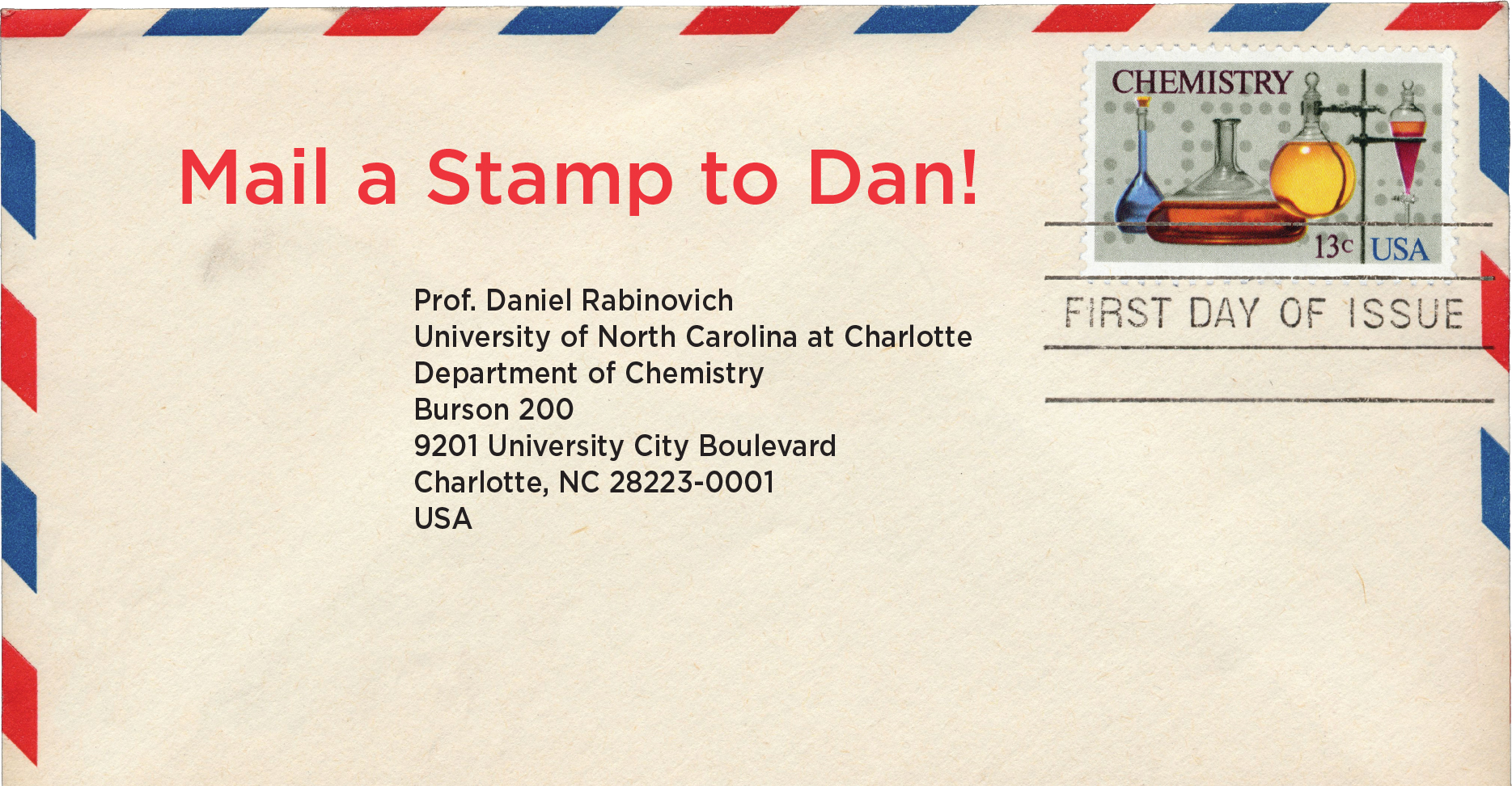Abstract
The International Prototype Kilogram, after 130 years of dutiful service, is finally retiring. The IPK, a golf ball-sized cylinder made of a special platinum-iridium alloy (90:10), was introduced in 1889 at the first General Conference on Weights and Measures (CGPM) near Paris to define the unit of mass using an artifact fabricated with the utmost care and precision available at the time. New units were subsequently adopted for other physical quantities such as electric current (the ampere) and temperature (the kelvin), and the increasing need for a more cohesive set of units of measurement led to the implementation of the International System of Units (SI) in 1960.
In the ensuing decades, progressively more sophisticated definitions were adopted for certain SI base units but, remarkably, the kilogram remained until recently the only one still defined by a physical object rather than a fundamental property that could be independently measured in different laboratories. Things changed last November when the 26th CGPM voted unanimously to update the definitions of some base units and start defining the kilogram using a fixed value of Planck’s constant (h), which is now known with a high degree of certainty. On 20 May 2019, World Metrology Day, an updated and more stable SI will become effective, and the venerable IPK will literally rest in peace.
There are at least 30 or 40 postage stamps dedicated to the metric system, including several issued in 1975 to mark the centennial of the Meter Convention and others that feature SI base or derived units. Surprisingly, as far as I know, there are only three stamps that depict the IPK. The ones from Indonesia and Bulgaria, illustrated above, also show the International Prototype Meter, a rigid bar with a characteristic Xshaped cross-section made of the same alloy as Le Grand K and used to define the meter until 1960. In turn, the third stamp displays one of Mexico’s original replicas of the IPK and was issued in 2015 to commemorate the 125th anniversary of the country’s membership in the CGPM. So, this coming May 20th, let’s all bid farewell to the revered prototype wi th a heartfelt “Au revoir, IPK!”



Written by Daniel Rabinovich <drabinov@uncc.edu>.


©2019 IUPAC & De Gruyter. This work is licensed under a Creative Commons Attribution-NonCommercial-NoDerivatives 4.0 International License. For more information, please visit: http://creativecommons.org/licenses/by-nc-nd/4.0/
Articles in the same Issue
- Masthead - Full issue pdf
- Paris 2019
- Back to France to Celebrate the Century-Old IUPAC: The 47th IUPAC World Chemistry Congress & 50th General Assembly
- Features
- The Stockholm Convention: A Tool for the Global Regulation of Persistent Organic Pollutants
- Ten Chemical Innovations That Will Change Our World: IUPAC identifies emerging technologies in Chemistry with potential to make our planet more sustainable
- 50th International Chemistry Olympiad: Back to Where It All Began
- Henry Moseley and the Search for Element 72
- IUPAC Wire
- Awardees of the IUPAC 2019 Distinguished Women In Chemistry or Chemical Engineering
- IUPAC-Zhejiang NHU International Award for Advancements in Green Chemistry
- Provisional Recommendations
- Recommendations and Terminology for Lactic Acid-Based Polymers
- Definition of the Chalcogen Bond
- Project Place
- Building Broader and Deeper Links Between OPCW and IUPAC
- Chemical and Biochemical Thermodynamics Reunification
- Making an imPACt
- International Standard for viscosity at temperatures up to 473 K and pressures below 200 MPa (IUPAC Technical Report)
- IUPAC Distinguished Women in Chemistry: Contributions to Science and Careers
- Erratum
- Conference Call
- Bringing IUPAC to Southern Africa
- Chemistry in Peru
- Emerging Polymer Technologies
- MACRO 2018
- Where 2B & Y
- Mark Your Calendar
- Conference Call
- Bye-Bye, IPK!
Articles in the same Issue
- Masthead - Full issue pdf
- Paris 2019
- Back to France to Celebrate the Century-Old IUPAC: The 47th IUPAC World Chemistry Congress & 50th General Assembly
- Features
- The Stockholm Convention: A Tool for the Global Regulation of Persistent Organic Pollutants
- Ten Chemical Innovations That Will Change Our World: IUPAC identifies emerging technologies in Chemistry with potential to make our planet more sustainable
- 50th International Chemistry Olympiad: Back to Where It All Began
- Henry Moseley and the Search for Element 72
- IUPAC Wire
- Awardees of the IUPAC 2019 Distinguished Women In Chemistry or Chemical Engineering
- IUPAC-Zhejiang NHU International Award for Advancements in Green Chemistry
- Provisional Recommendations
- Recommendations and Terminology for Lactic Acid-Based Polymers
- Definition of the Chalcogen Bond
- Project Place
- Building Broader and Deeper Links Between OPCW and IUPAC
- Chemical and Biochemical Thermodynamics Reunification
- Making an imPACt
- International Standard for viscosity at temperatures up to 473 K and pressures below 200 MPa (IUPAC Technical Report)
- IUPAC Distinguished Women in Chemistry: Contributions to Science and Careers
- Erratum
- Conference Call
- Bringing IUPAC to Southern Africa
- Chemistry in Peru
- Emerging Polymer Technologies
- MACRO 2018
- Where 2B & Y
- Mark Your Calendar
- Conference Call
- Bye-Bye, IPK!

